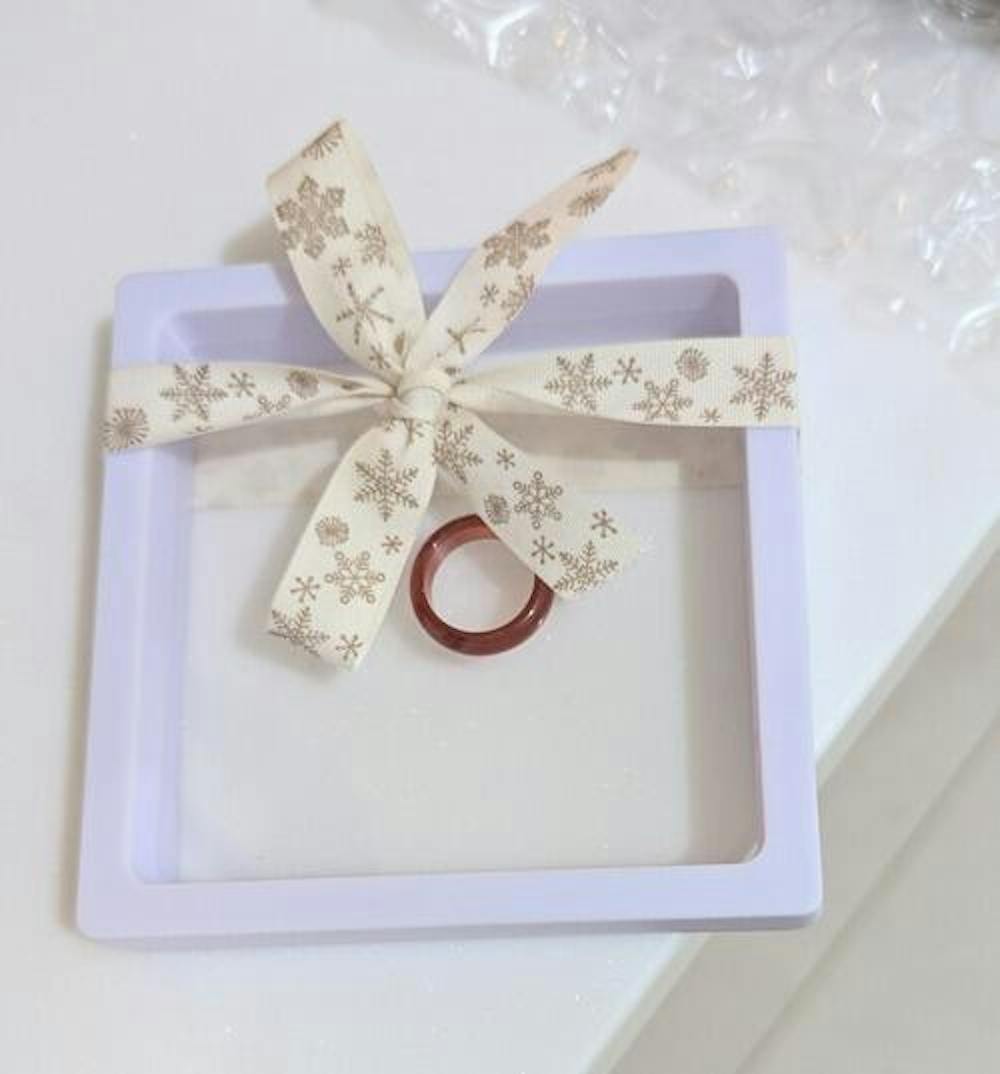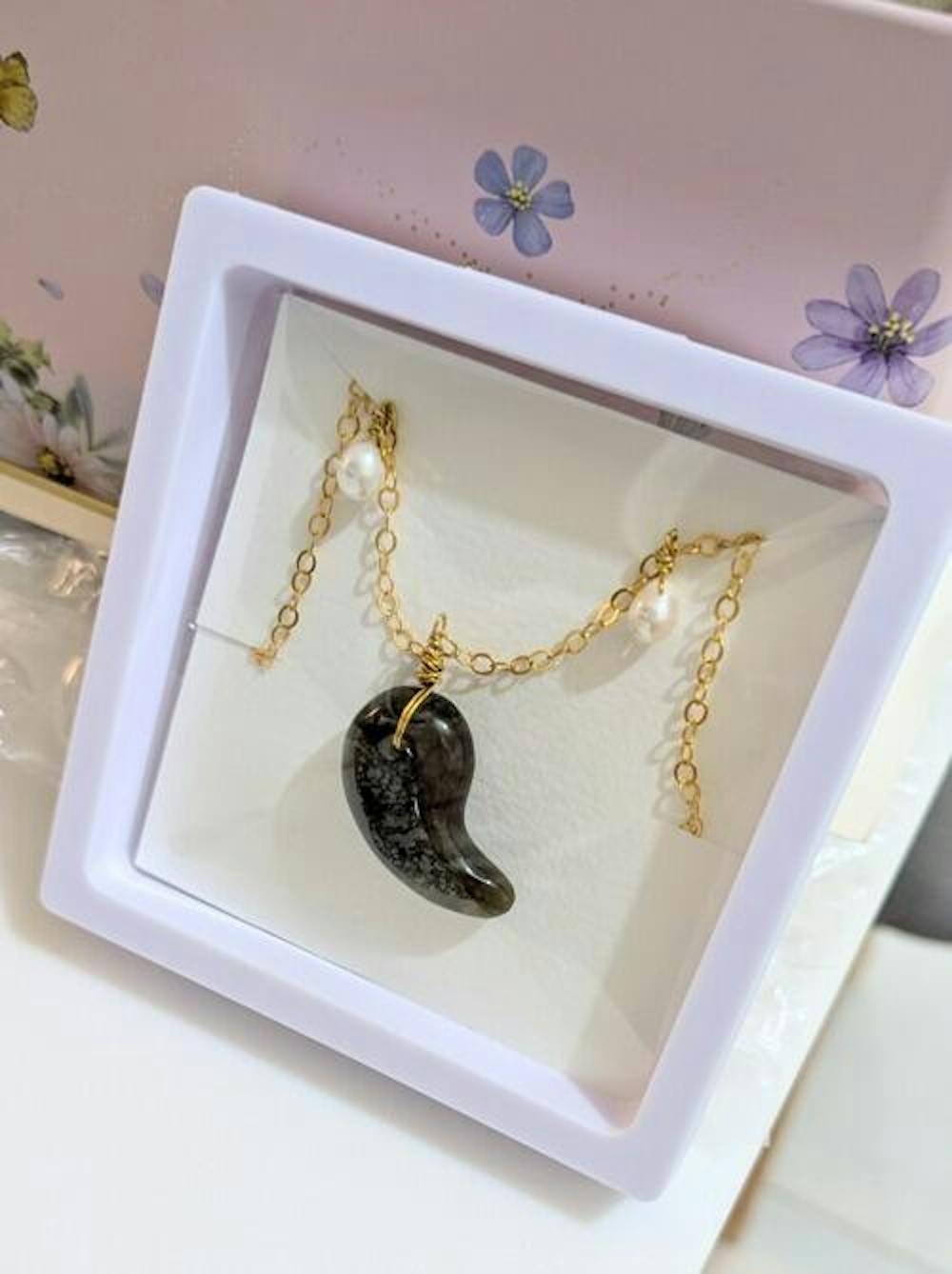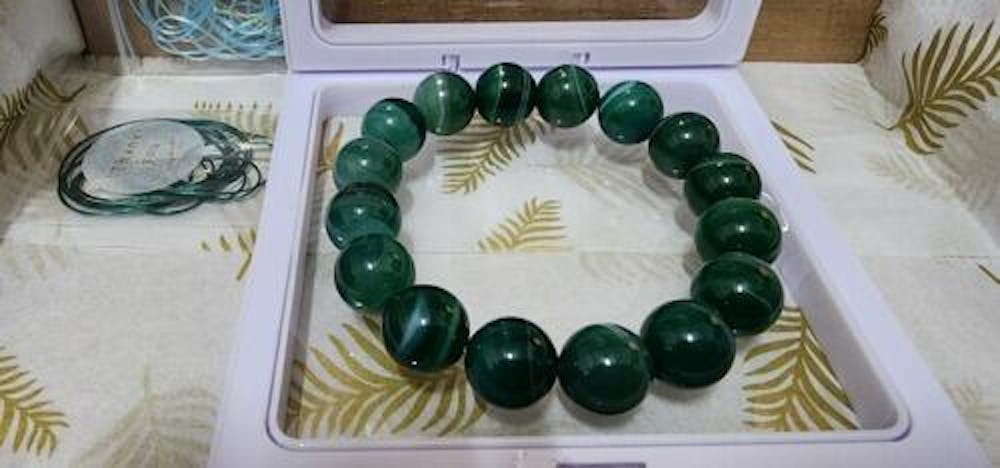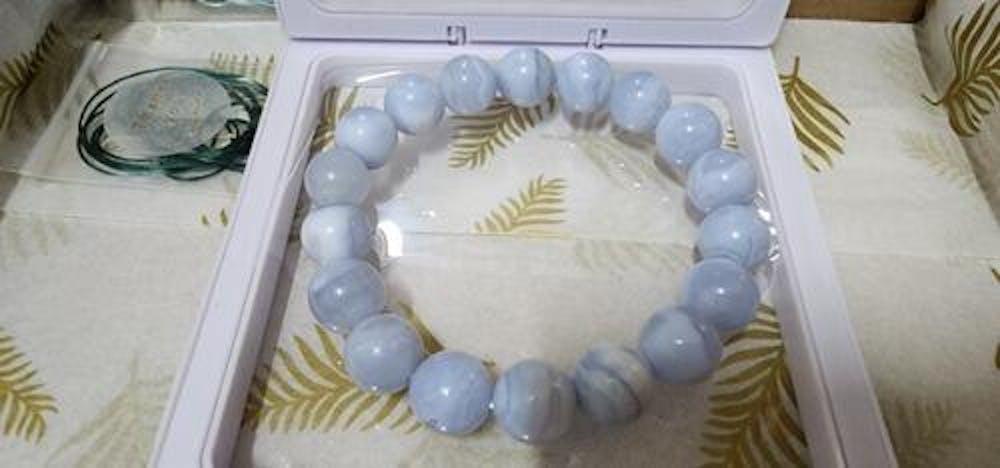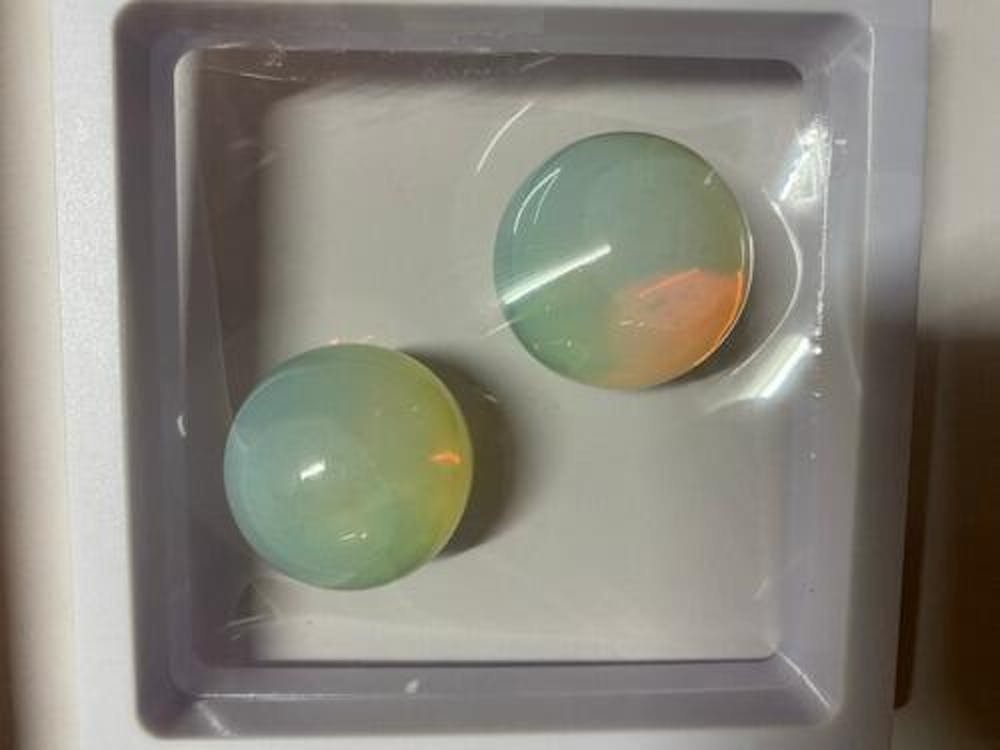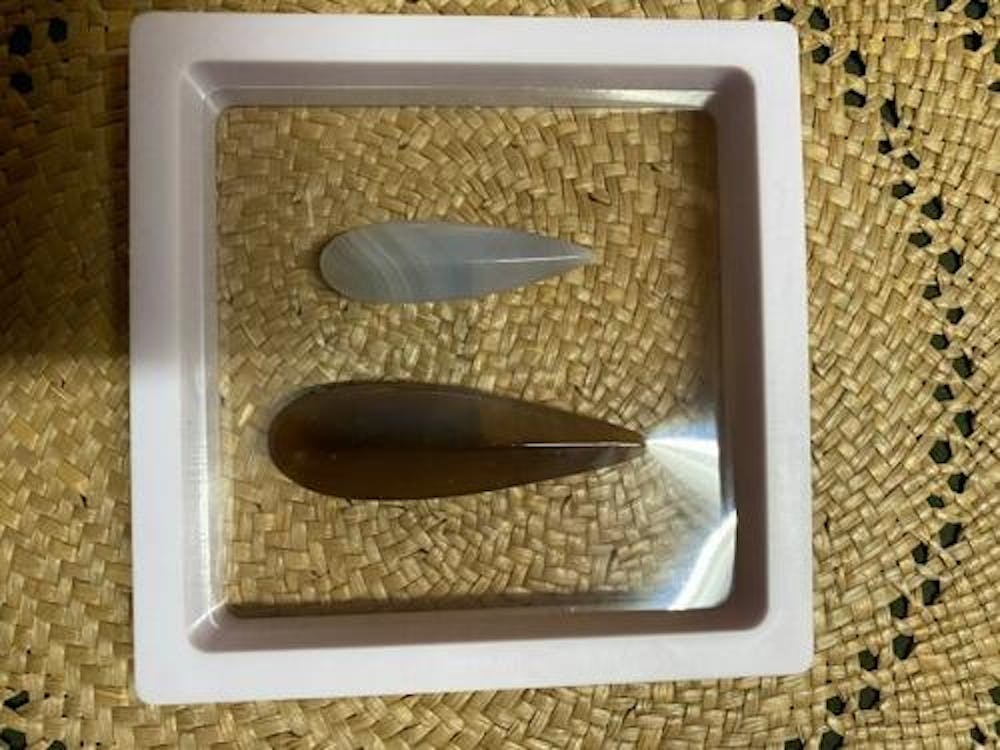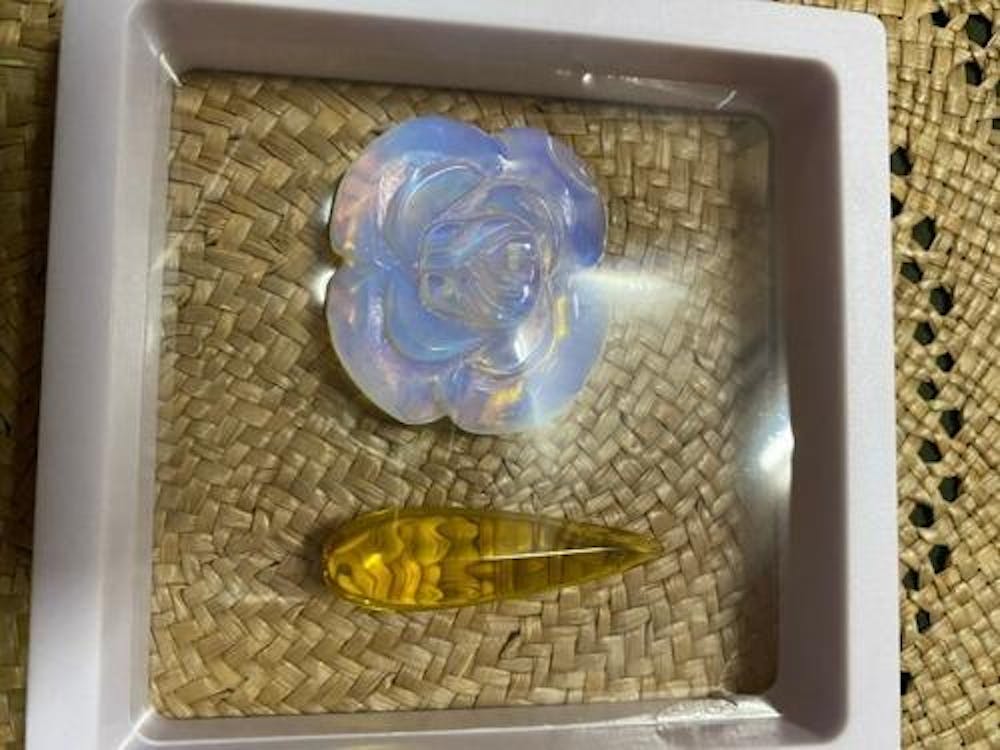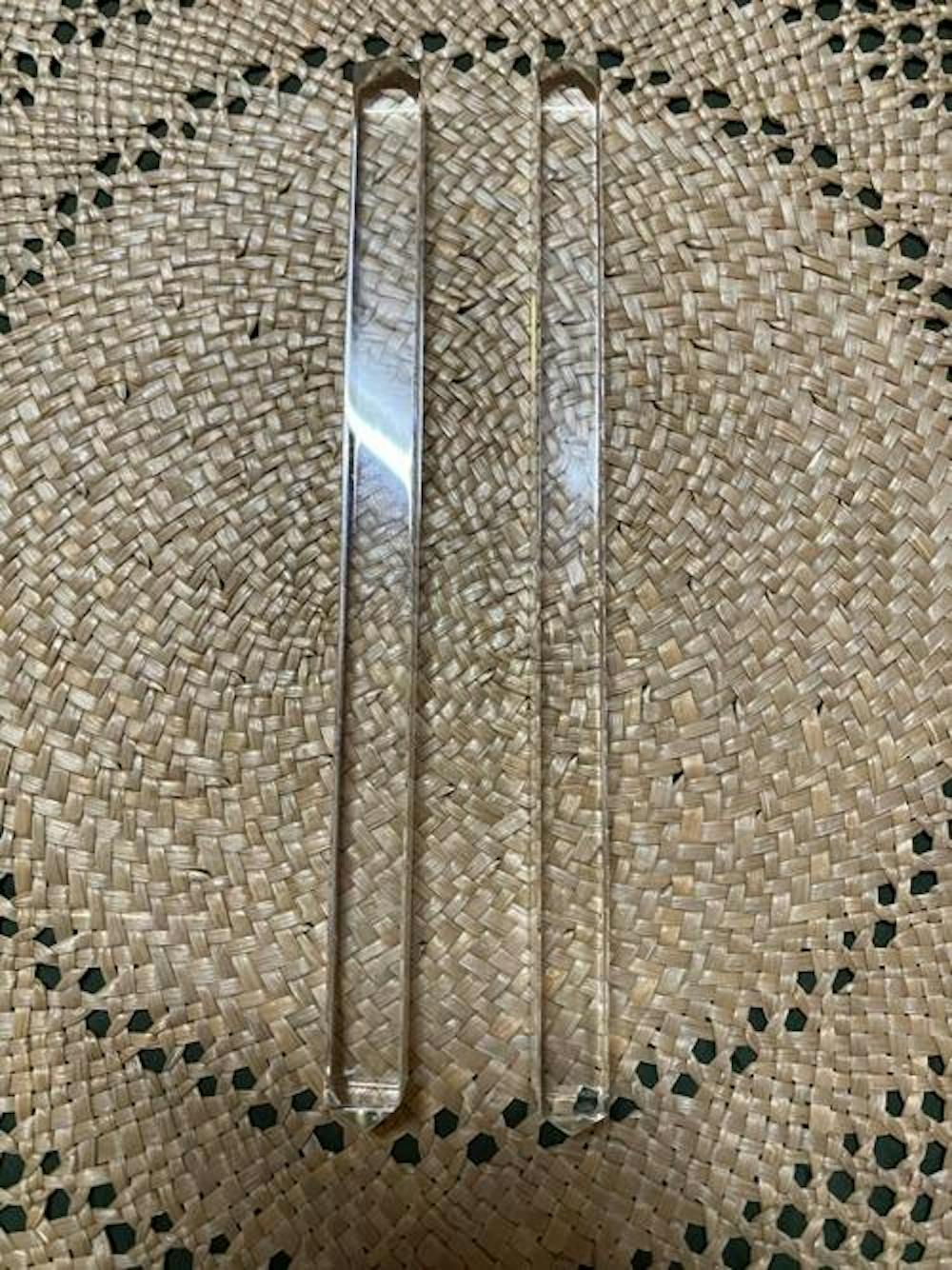1. Appearance and internal structure details
- Natural textures and inclusions : Real crystals often have natural "impurities" such as ice cracks, clouds, cotton wool, color bands, mineral inclusions, etc. .
- Perfection warning : Fake crystals (such as glass and plastic) are usually too perfect, with no impurities or cracks inside, and a symmetrical appearance and uniform color. .
- Bubble check : Observe with a magnifying glass. If round bubbles are found, it can almost be confirmed to be a glass imitation. Natural crystal rarely has bubbles. .
-
Surface observation : Real crystal often has natural dents, scratches, tiny holes or irregular growth lines on its surface, while fake crystal has a smooth and flawless surface. .
2. Color and transparency
- Color bands and changes : Natural crystals have uneven color distribution, with natural transitions, color bands or changes in depth. Fake crystals have too uniform and bright colors. .
-
Transparency : Natural crystals are usually translucent to transparent, but they may contain clouds and impurities. Those that are completely flawless and completely transparent are mostly synthetic or glass. .
3. Physical property test
| Test items | Characteristics of real crystal | Fake crystal characteristics (glass/plastic) |
|---|---|---|
| Weight/density | Feels heavy, high density | Lightweight and low density |
| Temperature sensation | Cold to touch, slow to warm up | Feels warm, warms your hands quickly |
| hardness | Mohs hardness 7, can scratch glass but not easily scratched | Low hardness, easily scratched by steel knives and files |
| Double refraction | Some crystals (such as quartz) have double images (double refraction) | Glass, plastic |
| sound | The sound is crisp and resonant when tapped | Dull, no resonance |
4. Optical and Advanced Testing
- Magnifying glass inspection : 10 times magnification to observe the internal structure, real crystals are often found with natural impurities and cracks, while fake crystals are often found with bubbles or mold lines .
- Polarized lens inspection : Turn the crystal, the real crystal will change in brightness, while the fake crystal will not change significantly .
- Thermal conductivity meter test : Adjust to the specified gear, the thermal conductivity of real crystal is high, and the change of fake crystal is not obvious .
- Spectrum/refractive index : Professional instruments measure spectral absorption lines and refractive index. Each mineral has unique data. .
-
UV testing : some natural crystals will glow under UV light, dyed or fake crystals will react differently .
5. Simple home test
- Ice cube test : put the crystal in contact with ice cubes. Real crystals conduct heat quickly, so ice cubes melt faster. .
- Acetone/alcohol test : Wipe with cotton dipped in acetone. If the color fades, it is a dyed fake crystal. .
-
Knocking sound : tap with your fingernails, real crystal sounds crisp, fake crystal sounds dull .
VI. Advanced Laboratory Identification
- X-ray diffraction (XRD) : Check crystal structure and determine mineral type .
- X-ray fluorescence (XRF) : Analyze elemental composition and identify authenticity and mineral types .
-
Chemical testing : Certain minerals can be tested with acid (e.g. calcite bubbles when exposed to acid), but professional guidance is required .
7. Purchase suggestions and common pitfalls
- Choose crystals with natural flaws such as ice cracks, clouds, color bands, and inclusions.
- Avoid buying products that are too perfect, too evenly colored, or too cheap .
- Ask for a professional appraisal certificate , especially for high-priced crystals.
-
Be wary of dyed, synthetic, and glass imitations , such as "popular crystal" and "dyed amethyst".
in conclusion:
Based on the above methods, it is recommended to first check the appearance with the naked eye and a magnifying glass, and then conduct simple tests such as temperature, weight, hardness, etc. If you still have doubts, you can seek assistance from professional instrument testing or identification agencies. .





![B56 [Dark Blue Moon Glass] Dark Moon Glass Stone Pure Bead Bracelet](http://th-jewelery.com/cdn/shop/files/IMG_23212.jpg?v=1753789601&width=3840)
![B56 [Dark Blue Moon Glass] Dark Moon Glass Stone Pure Bead Bracelet](http://th-jewelery.com/cdn/shop/files/IMG_2333.jpg?v=1753789605&width=3840)
![B56 [Dark Blue Moon Glass] Dark Moon Glass Stone Pure Bead Bracelet](http://th-jewelery.com/cdn/shop/files/IMG_2309.jpg?v=1753789605&width=3840)
![B56 [Dark Blue Moon Glass] Dark Moon Glass Stone Pure Bead Bracelet](http://th-jewelery.com/cdn/shop/files/IMG_2325.jpg?v=1753789605&width=3840)
![B56 [Dark Blue Moon Glass] Dark Moon Glass Stone Pure Bead Bracelet](http://th-jewelery.com/cdn/shop/files/IMG_2322.jpg?v=1753372056&width=3840)



![B108 [Aries Taurus | April] White crystal pure bead light bracelet](http://th-jewelery.com/cdn/shop/files/IMG_4758_a77e0420-8d56-4e57-8d04-8e381ca17c53.jpg?v=1751648309&width=3840)
![B108 [Aries Taurus | April] White crystal pure bead light bracelet](http://th-jewelery.com/cdn/shop/files/IMG_4768.jpg?v=1751648309&width=3840)
![B108 [Aries Taurus | April] White crystal pure bead light bracelet](http://th-jewelery.com/cdn/shop/files/IMG_4760_92de55c6-4dac-4cd2-a0c1-e87546522cfe.jpg?v=1751648309&width=3840)
![B108 [Aries Taurus | April] White crystal pure bead light bracelet](http://th-jewelery.com/cdn/shop/files/IMG_4767_e90126de-0883-40fc-b19b-2ab259e1f766.jpg?v=1751648309&width=3840)
![B108 [Aries Taurus | April] White crystal pure bead light bracelet](http://th-jewelery.com/cdn/shop/files/IMG_4769_80829c07-591b-42f1-aaac-777df84ffd94.jpg?v=1751648290&width=3840)




![B51 [Blue Moon Glass] Moon Glass Stone Pure Bead Bracelet](http://th-jewelery.com/cdn/shop/files/IMG_2787.jpg?v=1763031300&width=3840)
![B51 [Blue Moon Glass] Moon Glass Stone Pure Bead Bracelet](http://th-jewelery.com/cdn/shop/files/IMG_2779.jpg?v=1763031300&width=3840)
![B51 [Blue Moon Glass] Moon Glass Stone Pure Bead Bracelet](http://th-jewelery.com/cdn/shop/files/IMG_2782.jpg?v=1763031300&width=3840)
![B51 [Blue Moon Glass] Moon Glass Stone Pure Bead Bracelet](http://th-jewelery.com/cdn/shop/files/IMG_6659.jpg?v=1763031300&width=3840)
![B51 [Blue Moon Glass] Moon Glass Stone Pure Bead Bracelet](http://th-jewelery.com/cdn/shop/files/IMG_5724.jpg?v=1763031300&width=3840)







